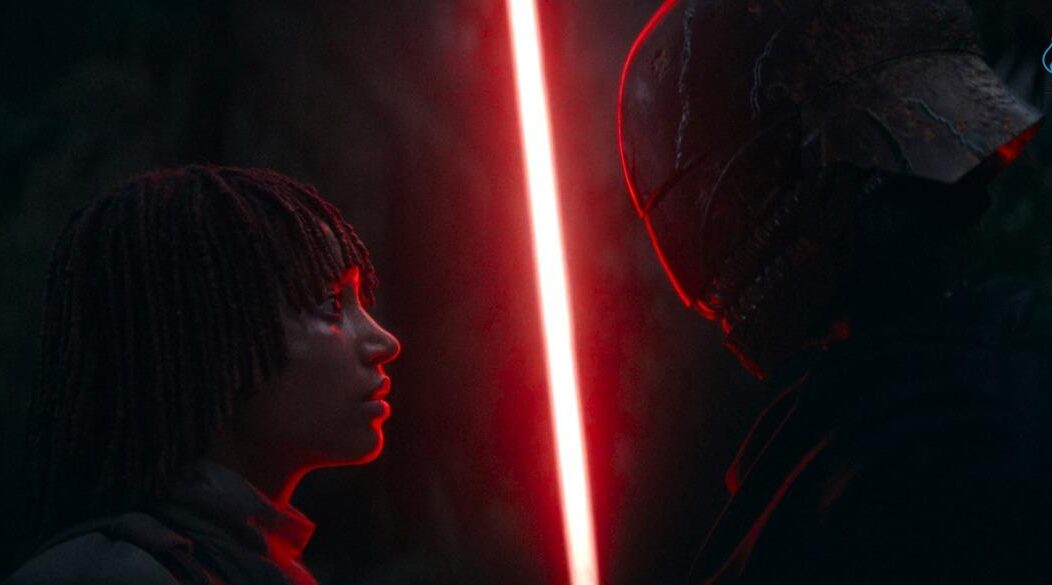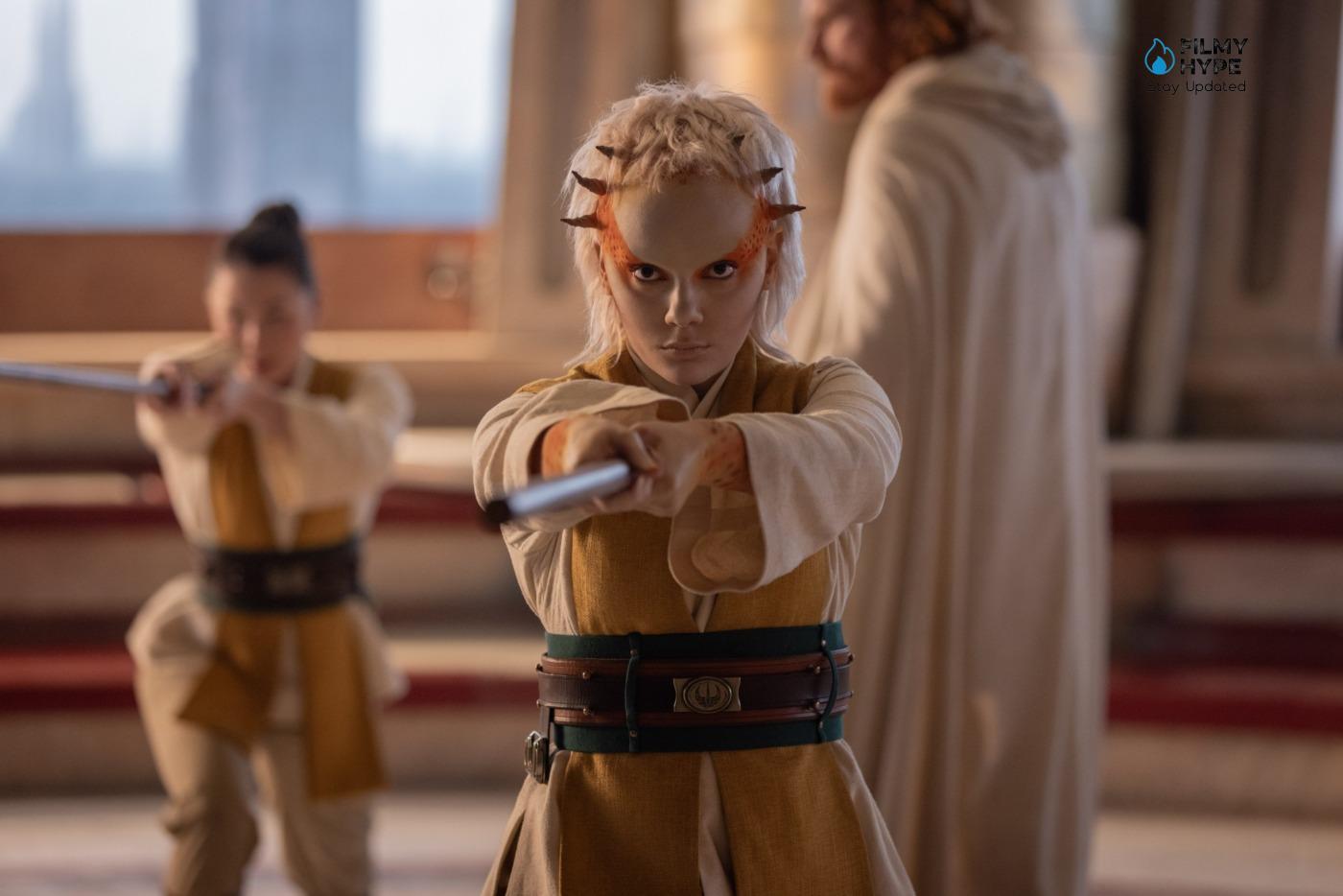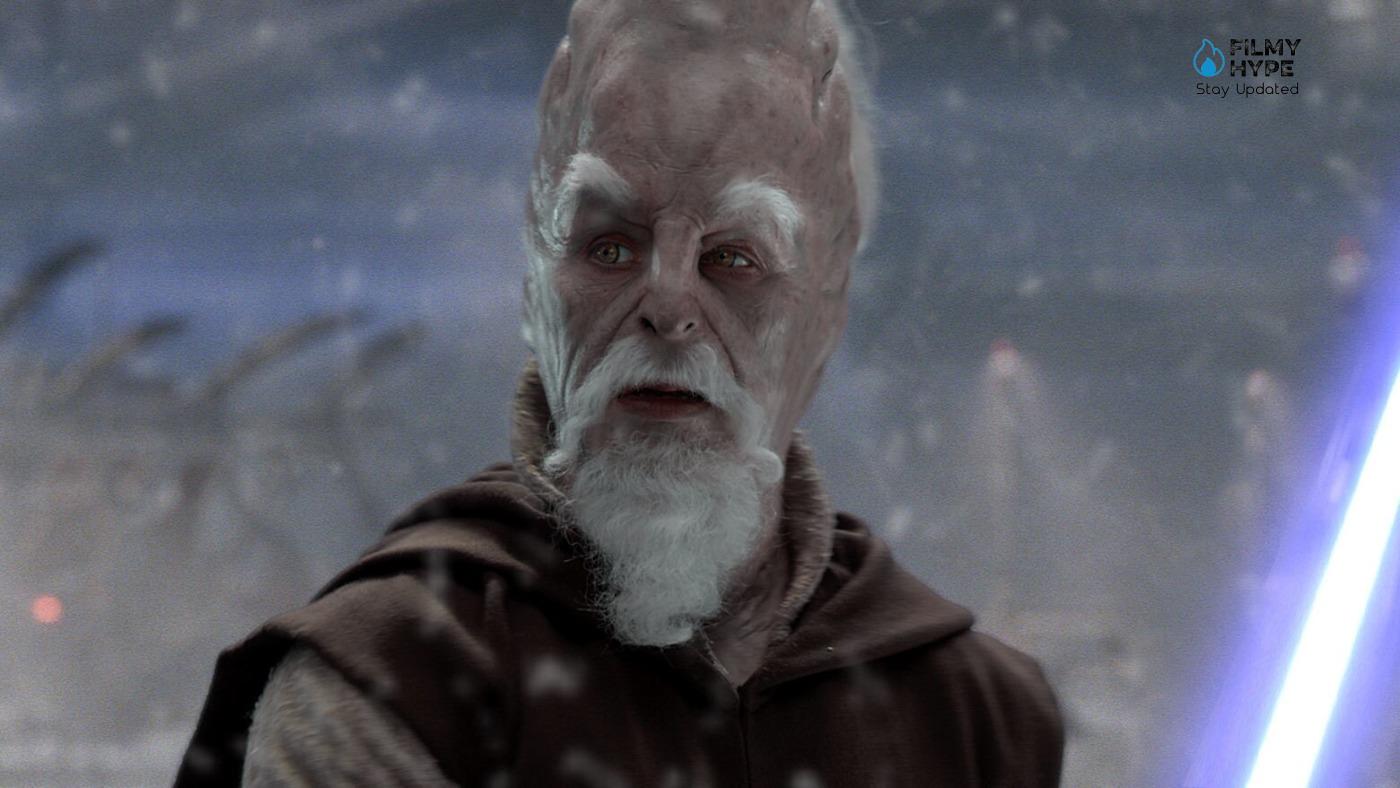The Acolyte Episode 4: What Happens in the Ending? Cameos, Secrets and Controversies?
The fourth episode of Star Wars: The Acolyte, Day, ends with a huge cliffhanger that potentially raises a problem for Star Wars canon, something that had already emerged with the previous installment, Destiny. The plot of the Disney Plus series still has many secrets to reveal. The unanswered questions that emerged in Destiny will almost certainly be addressed in the future, as will any other enigmatic part of the unfinished story Giorno, however, focuses on the Sith, a hot topic since the first episode, Lost/Found. Through this confrontation between the Sith and the Jedi, the ending of the fourth episode could once again mark the fragility of the Canon, putting a strain on the work of the screenwriters.

It almost seems like every week a fuss must be raised about a new episode of Star Wars… whatever the series, it doesn’t matter. In this case, it’s The Acolyte‘s turn. So, after a part of the public was outraged by the LGBTQ+ component in episode 3 – although the only outpouring, if we can call it that, was a simple caress from Mother Aniseya – now it’s the turn of the character of Ki-Adi Mundi anger the most fundamentalist fans. There is a certain difference between the two controversies, however. Some fans were angry with The for what they like to call woke even before the pilot episode came out: the creator of the series Leslye Headland is lesbian and is married to Rebecca Henderson, the actress who plays Vernestra Rwoh. Amandla Stenberg, who plays both Osha and Mae, is also gay: a deadly combo that has scared those who don’t look favorably on inclusivity, although in the end, the series wasn’t exactly a rainbow of rainbows.
The Acolyte Episode 4: The Plot
Much of Episode 4 entitled Day’s Story revolves around two different groups. The first sees Mae and her ally Qimir searching the woods of Khofar for the Jedi Wookiee Kelnacca. The Jedi is next on Mae’s list after the events of Brendok shown in the previous episode, where he sought revenge against Master Indara and Torbin. On the other side of the hunt are Sol, Osha, Jecki, Yord, and their allies, who wish to reach Kelnacca and warn him of the threat to his life before it is too late. For the most part, the installment slows down and strengthens the bonds between its characters, before exploding into a disturbing and emotional cliffhanger. When Mae reaches Kelnacca ‘s cabin, she realizes that her Sith Master is already there after finding the Wookiee wounded by a lightsaber. When the Jedi arrive and surround Mae, the Sith reveals himself, draws his lightsaber, and sweeps the Jedi back using the Force before the episode abruptly ends.
Jedi Versus Sith?
The focus of most of the trailers for The Acolyte has been the confrontation between the Jedi and the Sith in the woods of Khofar. The scenes of Sol and Jecki facing the Sith Master and his Acolyte prove this, promising a potentially lethal but incredibly emotional fifth episode. While the potential for an epic clash between Sith and Jedi is exciting, this development would raise further questions regarding The Acolyte and its relationship to canon. The fact that the Sith reveal themselves to the Jedi in the Star Wars High Republic Era contradicts what is known from the prequel trilogy. In The Phantom Menace, the Jedi are in disbelief when they discover that Darth Maul is a Sith Lord, with Ki-Adi-Mundi proclaiming to his colleagues on the Jedi Council that the Sith have been extinct for millennia. There are several ways the series can avoid this outcome. The reality is that the creators of The Acolyte aren’t done telling their story yet.
Who is the Sith?
For example, it could simply be revealed that the villain of The Acolyte is not a Sith Lord. By the end of the series, the masked villain may be revealed as someone who worships and worships the Sith and is dedicated to continuing their ways without being associated with them. Similar to how Kylo Ren idolized Vader without being a Sith. Another potential solution to The Acolyte‘s canon problem is much darker. If the Jedi were to continue to believe that the Sith are extinct until the events of The Phantom Menace, the Sith Lord in The Acolyte could cover his tracks in an extremely brutal way. By the end of the series, every single Jedi and other witness to the Sith Lord’s revelation could be killed, keeping the secrets of the Sith hidden until Palpatine’s plan is put into action a century later.
What Will Happen to the Sith in The Future?
The Acolyte is a series that isn’t afraid to explore the gray areas of the franchise, including how Star Wars’ Jedi Order is flawed. George Lucas tried to explore this in the Star Wars prequels, detailing how the pride and dogmatic nature of the Jedi Order led them to ignore even the possibility that the Sith had returned until it was too late. The Acolyte could help the Jedi survive their confrontation with the Sith Lord but simply hide his appearance. The small faction of Jedi who face him may think the Sith Lord is dead to make their decision more believable, but still hide their findings from the Council.

This would explain why the Jedi of the prequels are convinced that the Sith are extinct, with the Jedi of The Acolyte giving in to their pride by convincing themselves that they have defeated the enemy and that any future resurgence is impossible. Ultimately, there are many ways in which The Acolyte could avoid breaking the canon that is a clash between Sith and Jedi in the High Republic Era. Plus, the show likely does this thanks to The Acolyte creator Leslye Headland. Headland has made it clear that she is a huge Star Wars fan, both canon and Legends.
Ki-Adi Mundi in The Acolyte?
The controversy surrounding episode 4, however, is a little less sterile and raises an important question. The point is this: Headland had anticipated that in his series there would be no other cameos from the High Republic after Vernestra Rwoh, however, there would be no shortage of “surprises” in this sense. And while everyone expected Yoda to appear (after all, he was already on the Jedi Council in the comics and novels of the High Republic, set about 100 years before The Acolyte) and knew, from the trailers, that Plo Koon would be there – or at least a Kel Dor who looks a lot like the Jedi Knight, given that he is not mentioned in the credits – no one expected to see Ki-Adi Mundi, who is instead mentioned in the credits. The Acolyte takes place in 132 BY (Before Yavin) while Ki-Adi Mundi would have been born in 93 BY, therefore almost 40 years later. Yet we see him already an adult in The Acolyte, although younger than the gray-haired Jedi known in Star Wars: The Phantom Menace.

However, it must be underlined that the date of birth of Ki-Adi Mundi was only mentioned in an old tome of the line called Legends, that is, of that series of multimedia productions before the acquisition of Lucasfilm by Disney which is no longer considered strictly canonical: New writers of novels, comics, films, video games, and TV series can draw on Legends stories and use them as inspiration, but they are no longer official unless Lucasfilm confirms or rewrites them. That’s what happened with the character Thrawn, for example. Created by Tymothy Zahn for his novels in the early 1990s, it remained confined to the Legends canon until Dave Filoni revived it many years later for the animated series Star Wars Rebels, having Zahn himself rewrite his story in a new official novel series.
The Real Controversy Over Continuity?
The problem, however, is not only the fact that in The Acolyte a character appears who should not have been born yet: if you wanted, you could simply move his official birth date and confirm that Cereans like Ki-Adi Mundi can live hundreds of years. The problem is that character, because Ki-Adi Mundi is famous for a very specific line, uttered in Episode I: The Phantom Menace. When Qui-Gon Jin and Obi-Wan Kenobi inform the Jedi Council that they have met Darth Maul in the desert of Tatooine, Ki-Adi Mundi himself exclaims: “Impossible. The Sith have been extinct for a millennium!”. And yet he attends the secret meeting in episode 4 of The Acolyte where the Jedi present speculate that Mae belongs to a “schismatic order… or something worse”.
It’s a contradiction that the next episodes could easily explain to us. For example, no one may be able to report to Ki-Adi Mundi and the others that they have met a Sith who may not even be a Sith: not all “bad” Jedi are Sith. Perhaps The Acolyte is putting together this story to justify Ki-Adi Mundi’s “lie” in Episode I: this story, in case you hadn’t understood, serves to explain how the Jedi Order has weakened to the point of being taken for bottoms from Palpatine and his followers throughout the prequel trilogy. In short, the next episodes will clarify whether it was a simple oversight or whether Ki-Adi Mundi’s cameo was a precise and reasoned choice.
Despite this, we need to reflect for a moment on the direction that quotations in Star Wars are taking. Controversies on the web are often gratuitous and inflated but, in this case, we cannot entirely blame the fans who raised a fuss. The Star Wars Expanded Universe is a very delicate multimedia imagery that deserves respect and for which it was chosen to find a supervisory body precisely to avoid the anarchy and contradictions that had damaged it in the years before the acquisition of Lucasfilm, when the authors were free to write and rewrite the stories, only creating a lot of confusion. We have to ask ourselves what sense there is in rummaging through this imagery in search of characters or situations only to make Easter eggs that risk angering the very audience we would like to delight. The next few weeks will tell us whether Headland has made a big mistake or whether she will surprise us with a twist that might even give those old stories more depth.



